Don't know what a fundoshi is? Are you wondering how to wear it?
Do you want to know more about the ancestor of the underwear in Japan?
This article will answer your questions.
No matter what some people think, panties don't win votes everywhere. For proof, Japan has never completely abandoned its traditional male undergarment.
It was very common in the early 1900s. Admittedly, its use declined tremendously after World War II. But Japan being what it is, a land that combines tradition and modernity like no other, men continued to wear it in various circumstances.
They are said to be pleasant and comfortable.
They are said to be pleasant to wear, comfortable and adaptable to all body types. Thus, fundoshi are back in the spotlight and as we will see, they do not lack arguments.
The different types of fundoshi
Before we get into the details of distinguishing one form from another, let's summarize in a few lines what a fundoshi is and its history.
In its literal translation, "fundoshi" means "loincloth" and was a Japanese men's undergarment widely worn in the Land of the Rising Sun until the arrival of American troops during World War II.
It is a textile whose size varies depending on the type of fundoshi, it can be made of cotton, hemp or silk so as to avoid perspiration. Traditionally, they are without seams or elastic. They allow for crotch coverage while being breathable.
Although they have been tucked away in closets ever since, the fundoshi comes out from time to time for traditional Japanese celebrations where, for the occasion, they are no longer considered underwear, but holiday clothing.
However, its followers are more and more numerous and are now working to give it back its letters of nobility.
Let's now look at the most common types of fundoshi.
Etchū Fundoshi
An "etchū fundoshi", on the other hand, is considered the simplified form of fundoshi. Originating in the city of Toyama in Japan, the one that was also known as the pants or undergarment of the samurai became very common in the early 20ᵉ century.
The fundoshi is the most common form of fundoshi.
It spread to the point where it became very popular during World War II, before giving way to Western influence and the arrival of new men's underwear such as kangaroo briefs, boxer briefs, or boxers.
Constituted with a cotton or linen fabric about 34 cm wide by 100 cm long, the etchū fundoshi is held at the waist with a band formed by the string-like fabric. It is worn with the front part hanging like an apron.
Rokushaku Fundoshi

The "rokushaku fundoshi" is the earliest form of traditional fundoshi and probably the most identifiable in the collective unconscious. What defines the rokushaku fundoshi from the other forms is its length.
In fact, the English translation of "rokushaku" means "six shaku" which correspond to about 180 cm (although they can measure up to 300 cm). The "shaku" is a Japanese unit of measurement that corresponds to the English "feet" and is approximately 30.30 cm.
It is therefore presented as a cotton fabric that is "six shaku" long and "one shaku" wide. It is worn twisted and threaded in a way that gives a thong effect. The rokushaku fundoshi is worn both in swimwear and at traditional festivals.
In addition, it is considered a Japanese national clothing (as Kimono, and Jinbei). This makes it a popular garment during national or sporting events like swimming.
Mokko Fundoshi
The "mokko fundoshi" is presented as the most modern form of the fundoshi. Its dimensions differ from the previous two by being shorter. Indeed, the mokko fundoshi is made of a cloth measuring 70 cm long and still 34 wide.
The literal translation of its name means "straw basket loincloth" and it comes precisely from its shape which reminds those of the baskets that were traditionally used in construction. It also differs from the previous two by the absence of an "apron" in the front.
Interestingly, the mokko comes in two forms:
- original: uncovers thighs and hips
- t mokko: identical to the original, but additionally discovers the buttocks
Contrary to the other forms, wearing the mokko fundoshi is very simple since it simply requires to be tied on the side once put on like a brief.
Kuroneko Fundoshi

The world of fundoshi is populated by variants, which are sometimes themselves declined into other variants. This is the case here with the kuroneko fundoshi. It is nothing less than a mokko fundoshi with the back fabric part cut to give a thong shape.
In the manner of the rokushaku fundoshi which could be used as a swimsuit, the kuroneko was primarily intended for this purpose in swimming lessons for children until the 1950s.
Wari Fundoshi
A hybrid between the rokushaku and the etchu, the wari fundoshi differs from these two forms in the slit in the length that starts from one end and measures about 50-60 cm. Thus cut, the two parts of the fabric can be wrapped around the waist.
It is also called "rokkoshi Fundoshi" and was worn by "Busho" or "Daimyo" (Japanese military commanders and lords) during the Edo period.
Fundoshi for women
We cannot conclude this short selection without discussing fundoshi for women. Historically, it has been accepted that they are underwear for men, but thanks to fashion influences, this statement is changing. Women are now entitled to their collection of fundoshi each more elegant than the other!
While the most common shape is similar to the etchū fundoshi to offer great freedom of movement, there are various shapes here as well. The women's fundoshi can be printed with many different patterns or have different colors and be in many different materials.
We have just seen the most well-known forms of fundoshi. Some are exclusive to sumo wrestling like the "Mawashi" when others are used for local occasions. This is the case with the "Shimekomi" which is worn on the Fukuoka side during the festival held in the Hakata district.
If you are wondering how to put on a fundoshi, refer to this video that shows how to wear a fundoshi (etchū fundoshi version). The principle remains more or less the same for the other types.
Where to find and buy fundoshi

Even though modernity has overtaken tradition, it is still possible to see fundoshi being worn in public. For example, at traditional Japanese events such as the aforementioned Fukuoka Summer Festival, which takes place in the Hakata district.
Another example with the Fukuoka Summer Festival is that the fundoshi is worn in the Hakata district.
Another example with the Hakata festival in February which takes place in Okayama and brings together thousands of men in fundoshi. Other such events (called "matsuri") take place throughout the year in Japan and are a great celebration of tradition. Of course, it is possible to get them on these occasions.
More traditional, there are stores that are well established in Okinawa, Tokyo and major cities in Japan.
Another way to acquire a fundoshi without having to fly, internet stores. This is unfortunately the easiest way to get one in France. Among the sites that have these products in their catalog, let's mention Amazon (although the choice is relatively meager) or Etsy.
Want to wear a Fundoshi?
You've just learned about the men's underwear that the Japanese wore before the advent of modern attire. You also learned that fundoshi existed in various variations and that now even women were allowed their variants.
And to take it a step further, this article also gives you some pointers on how to acquire a fundoshi and how to wear it.
Are you passionate about Japanese culture and want to learn more about Japanese style and how to wear a traditional Japanese clothing?





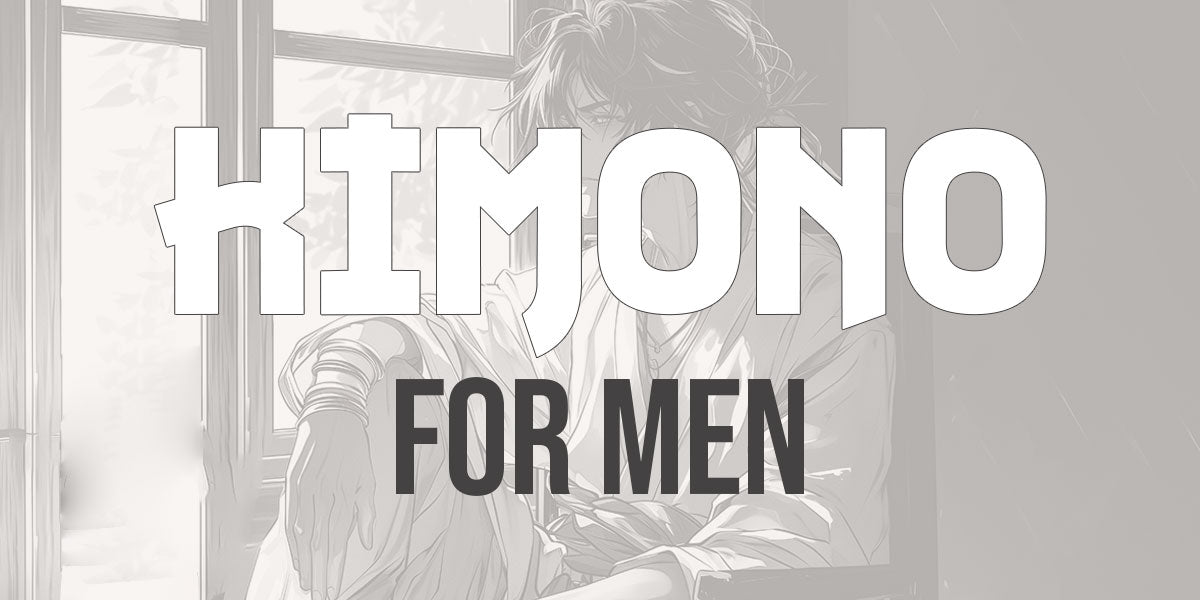
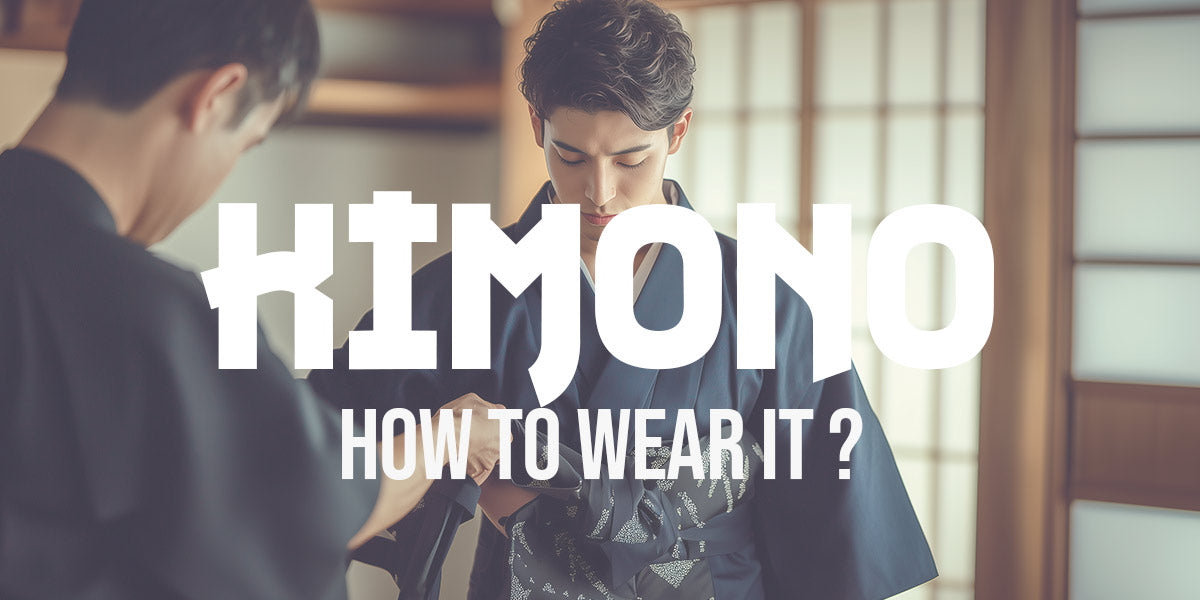
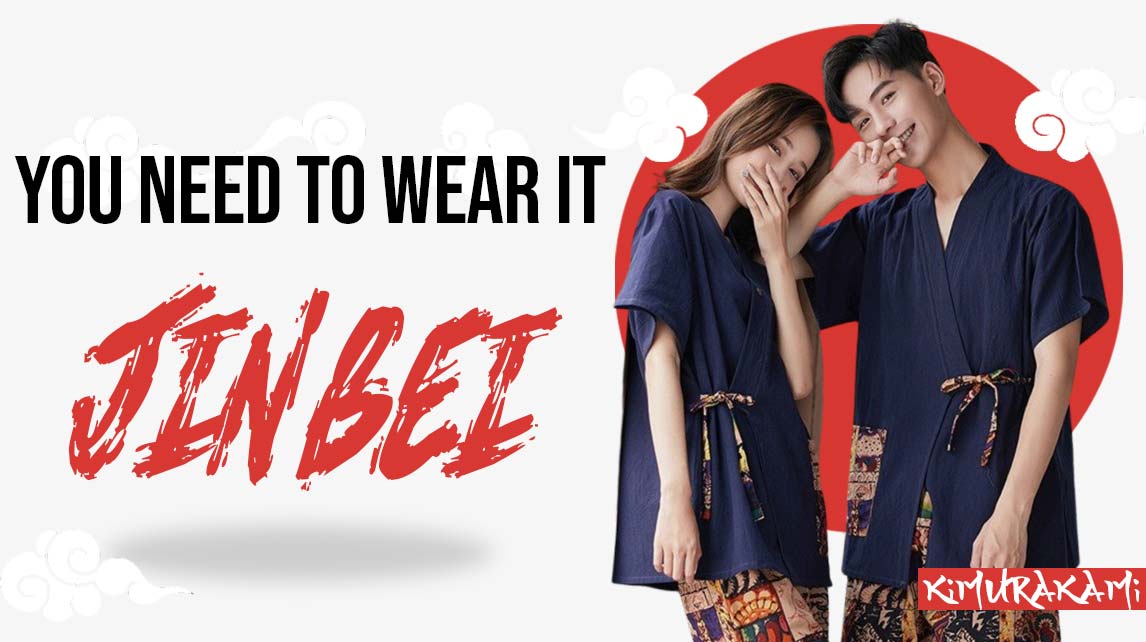
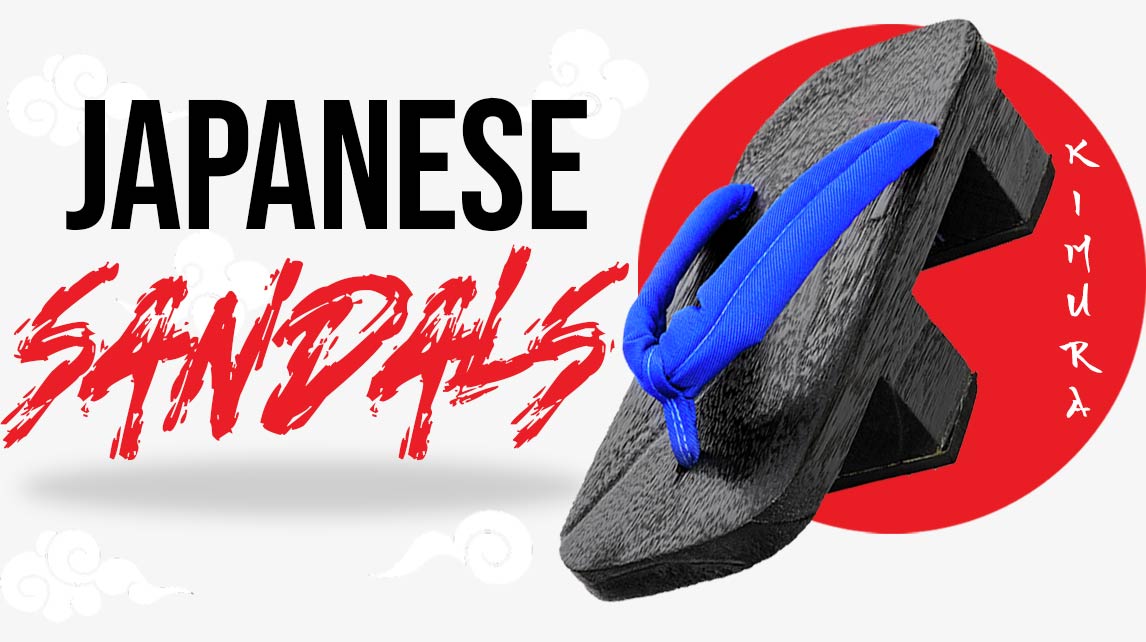
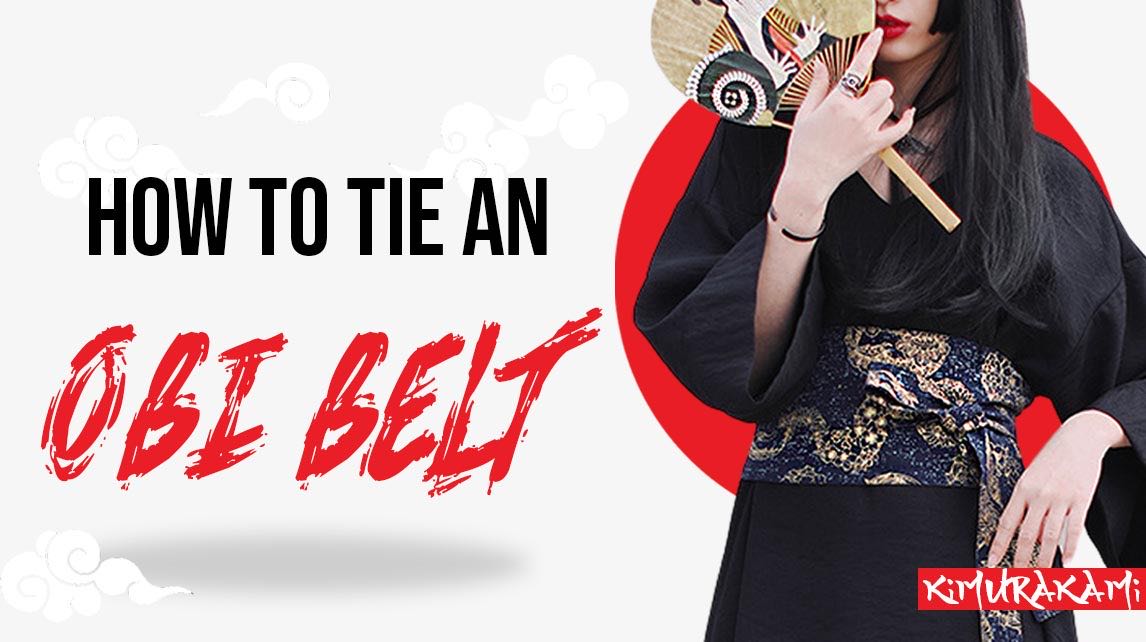
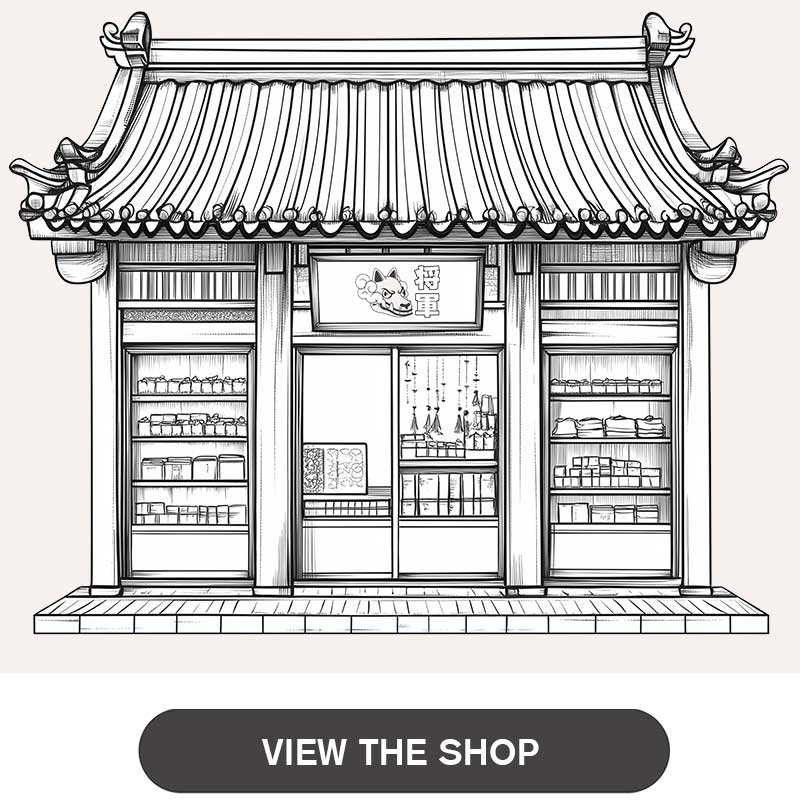
Leave a comment